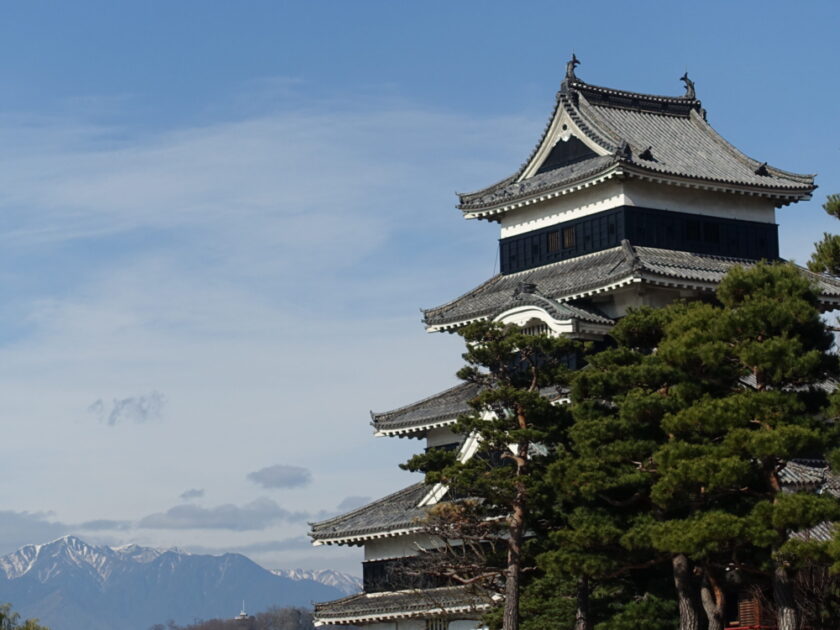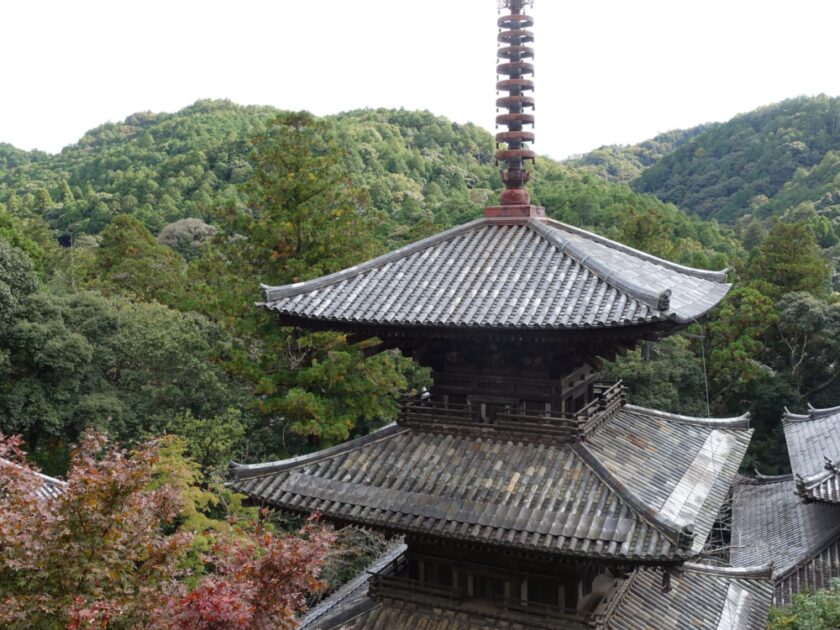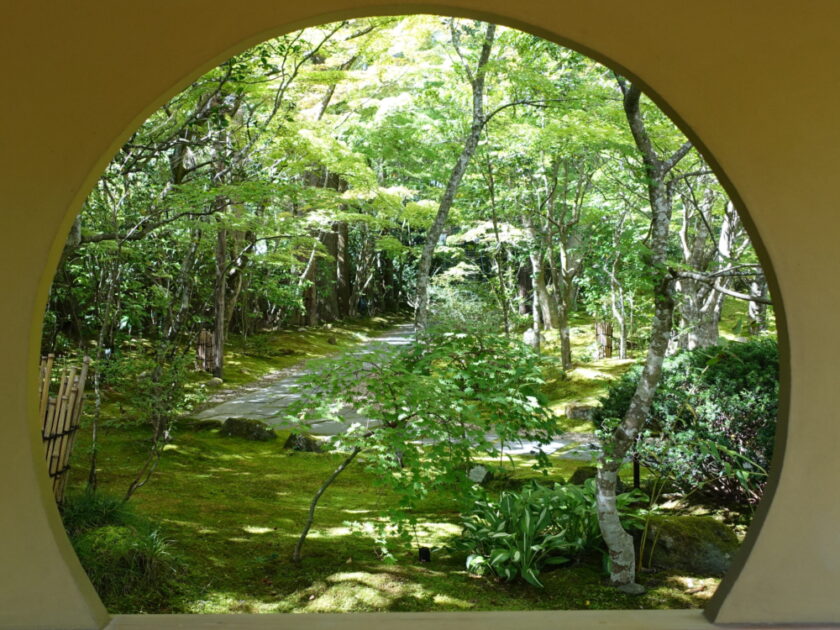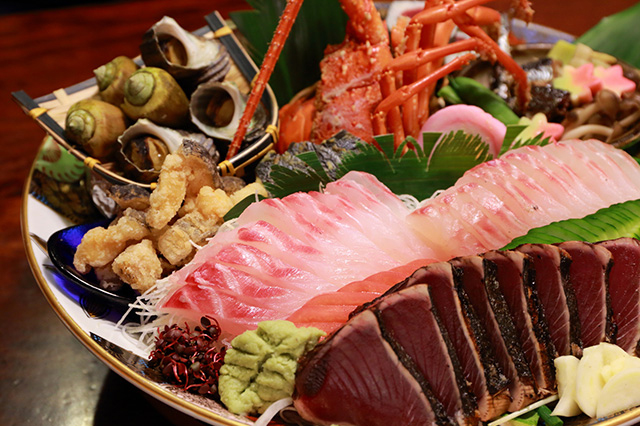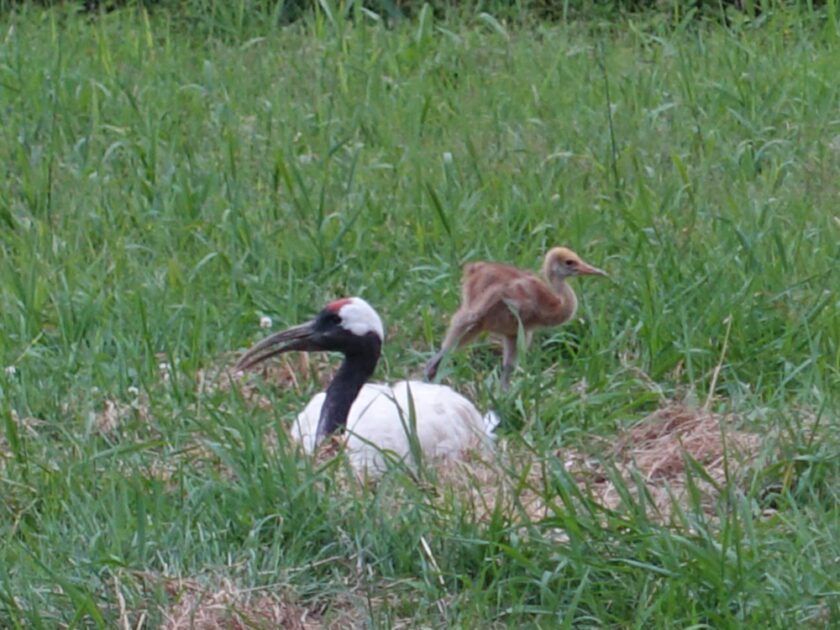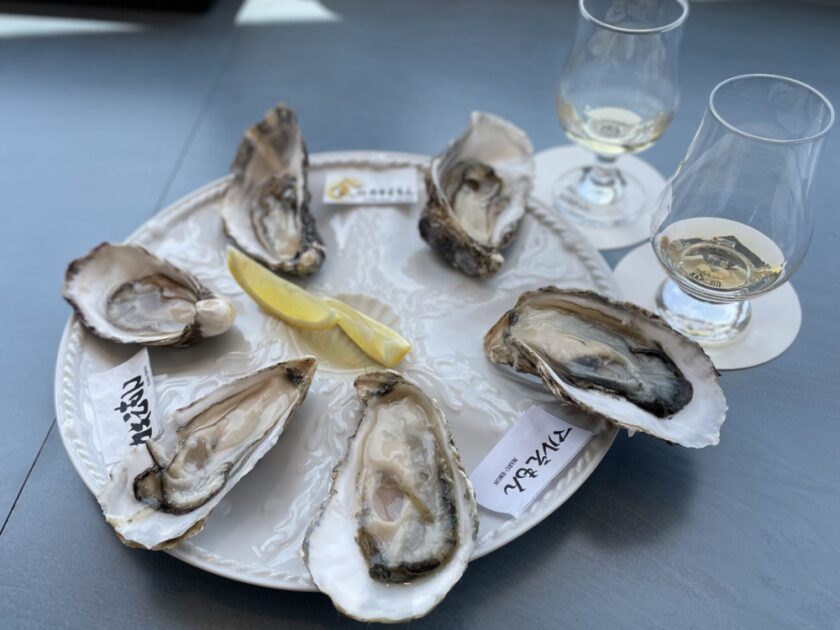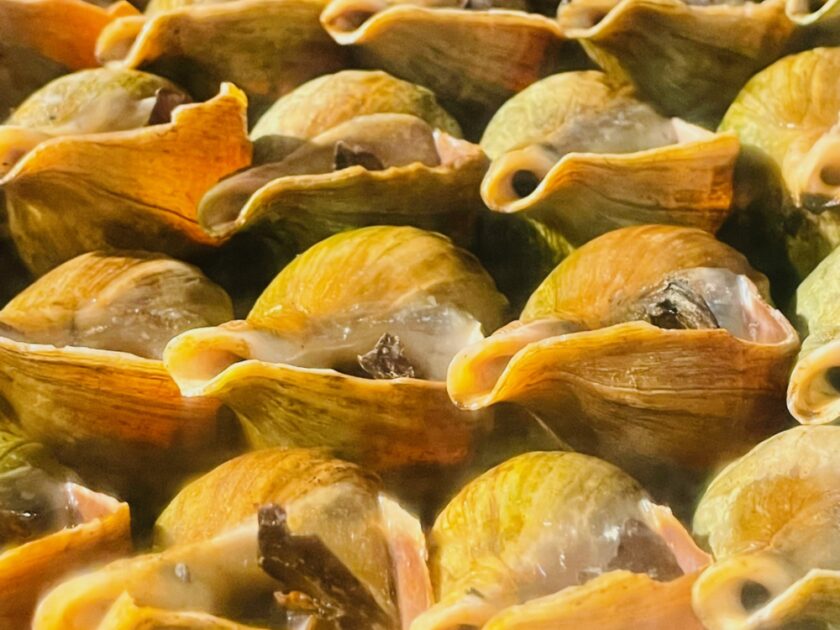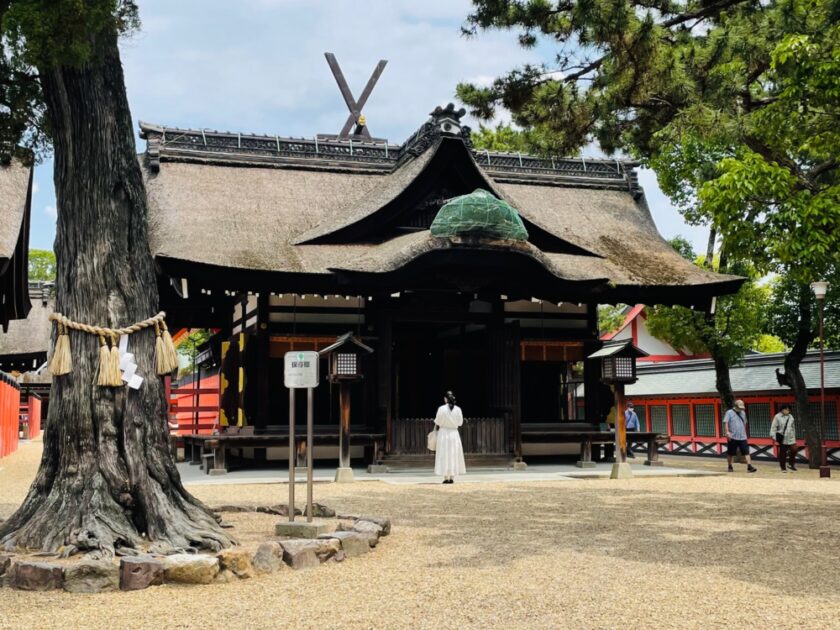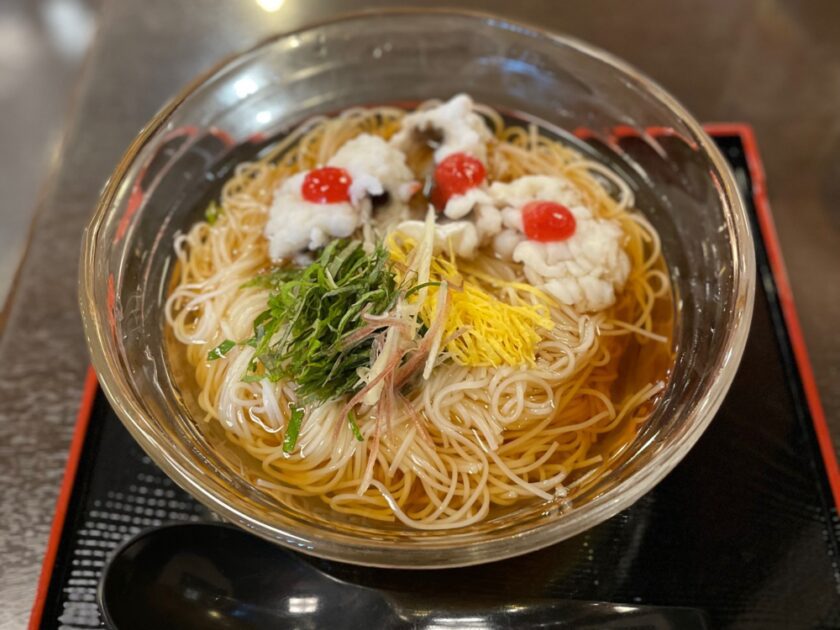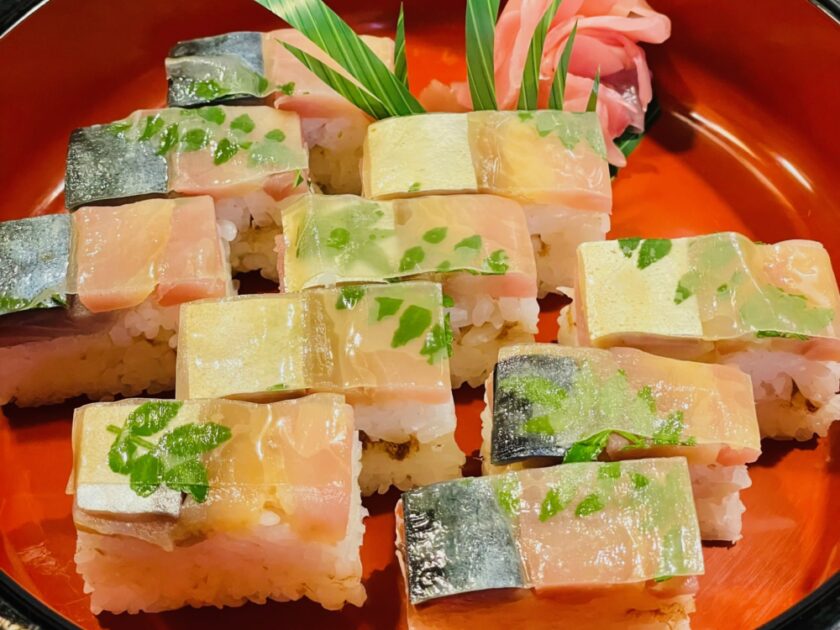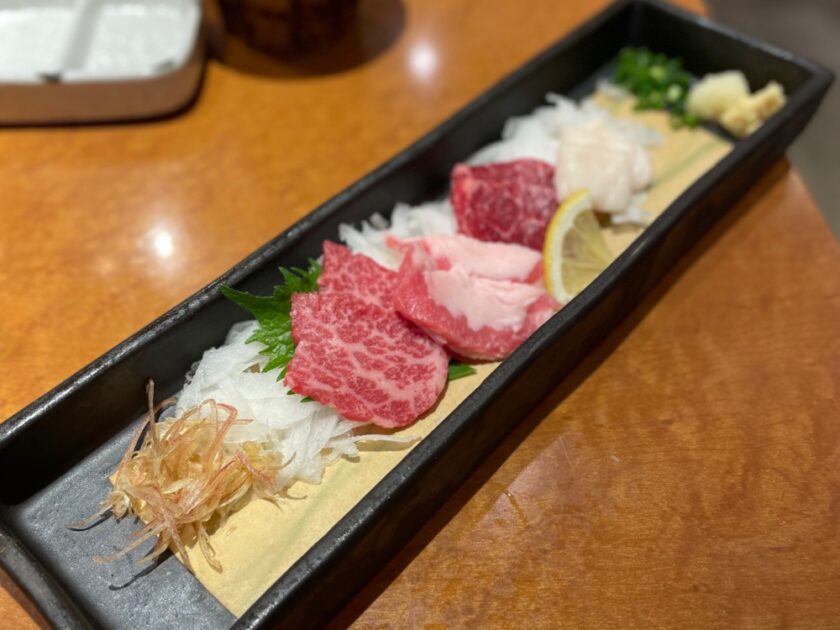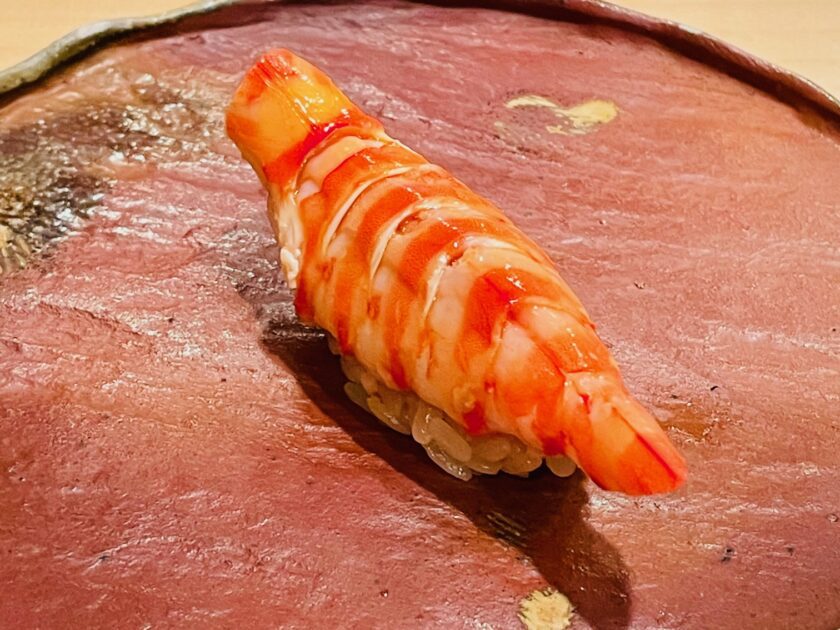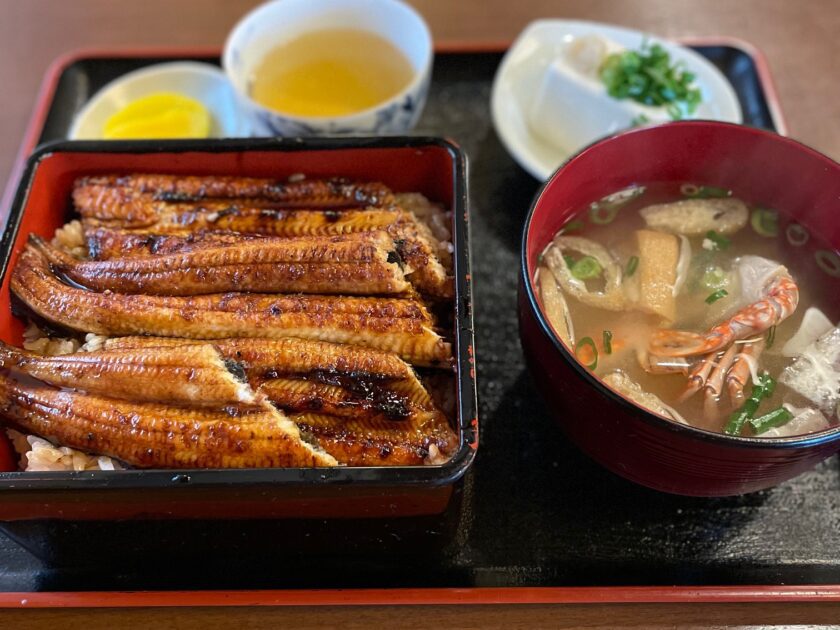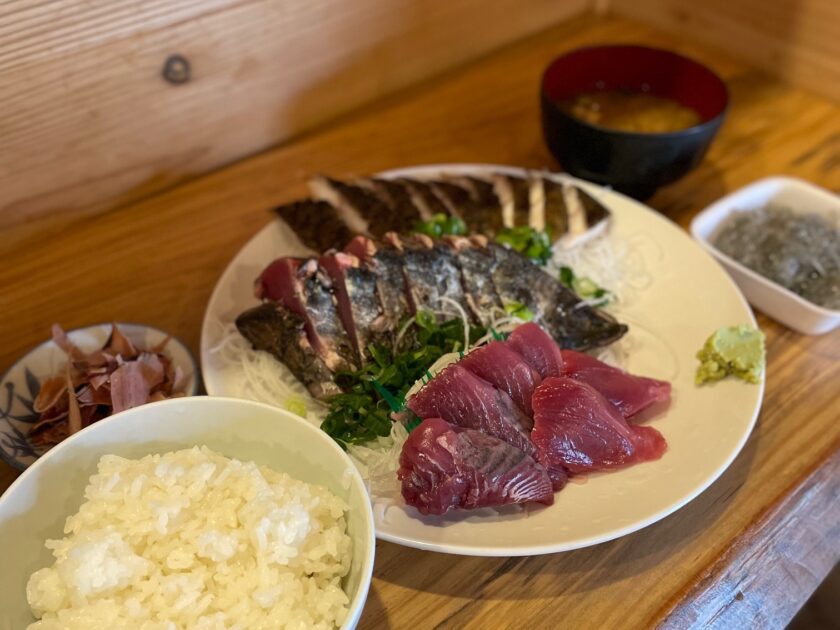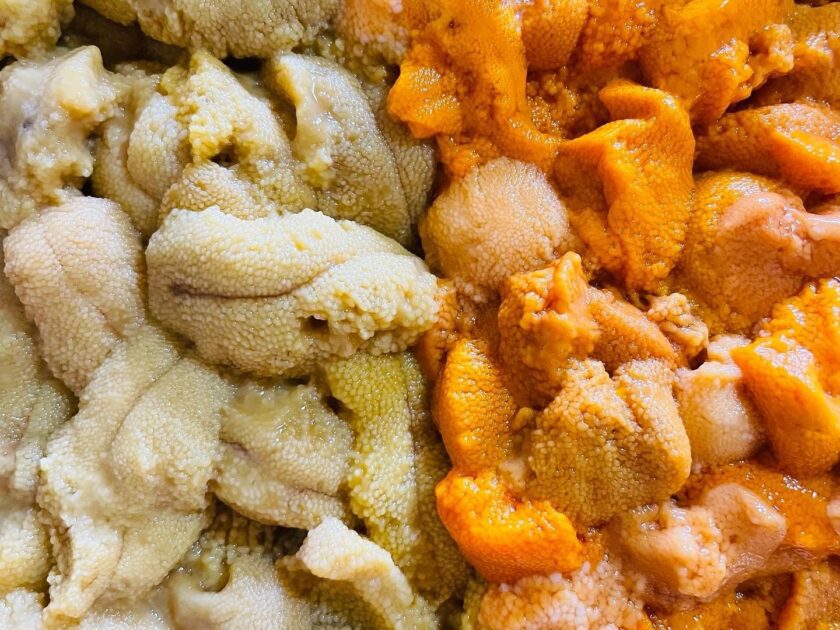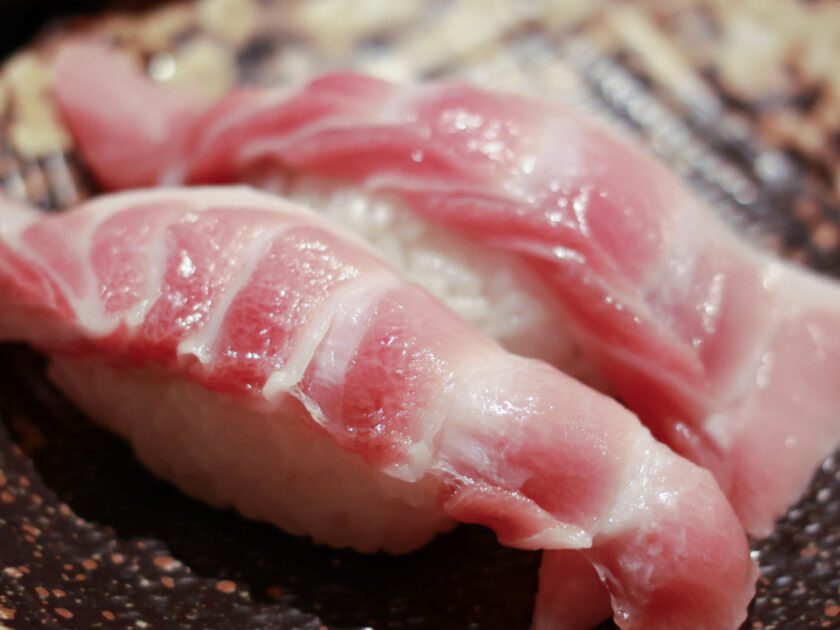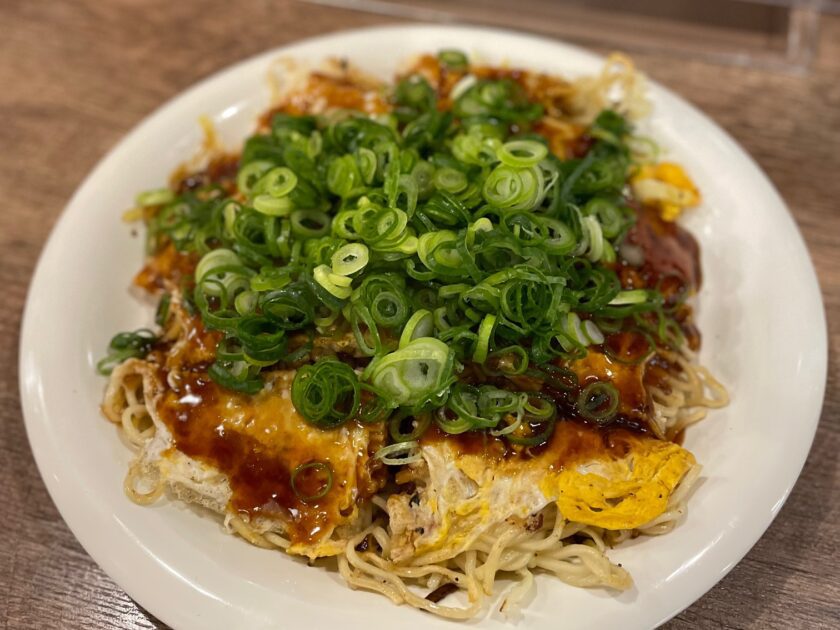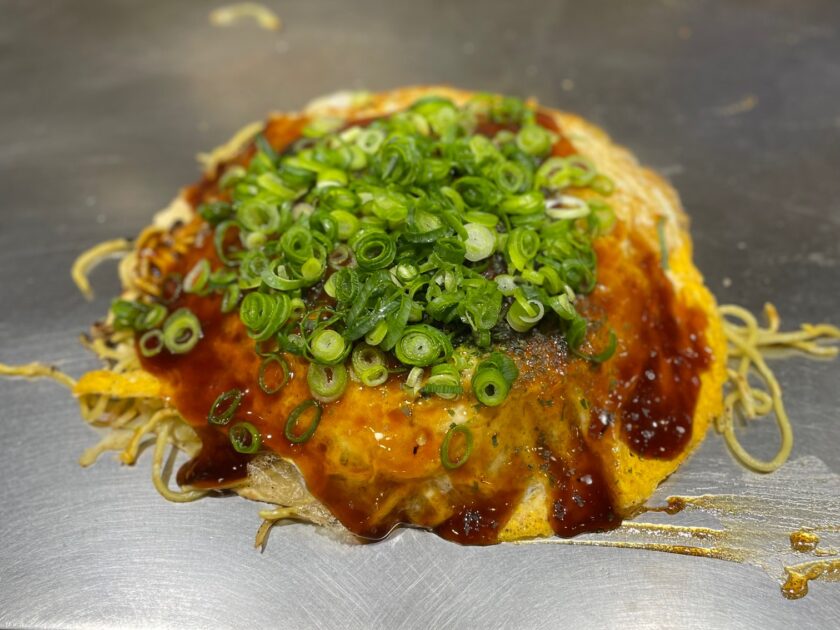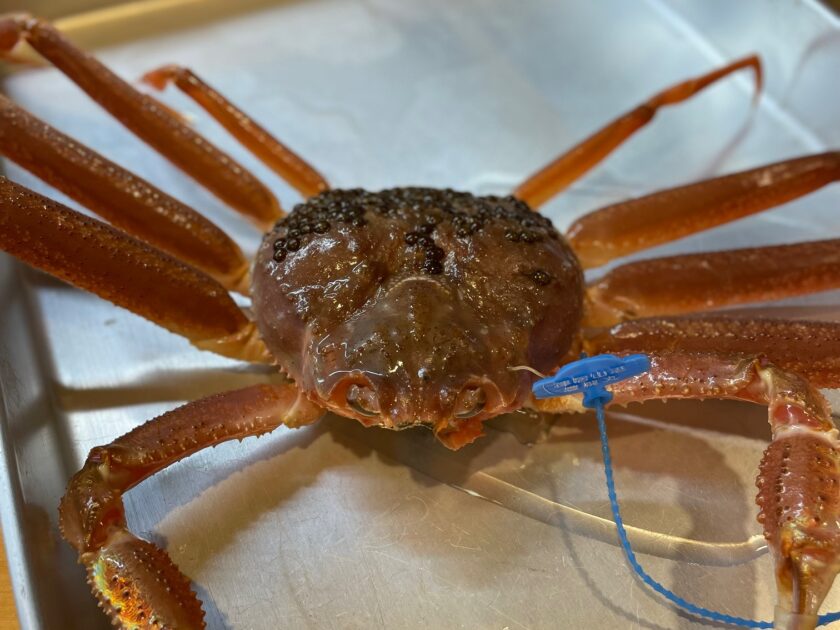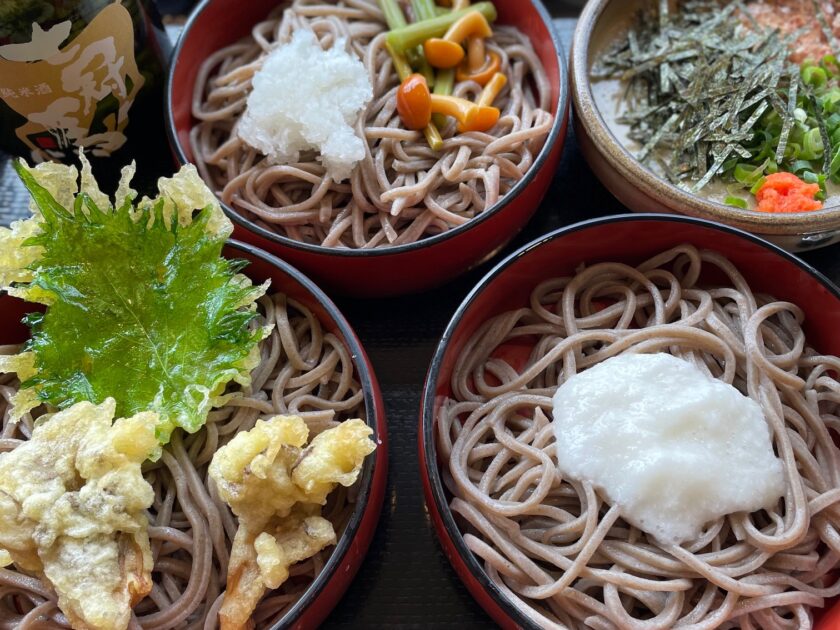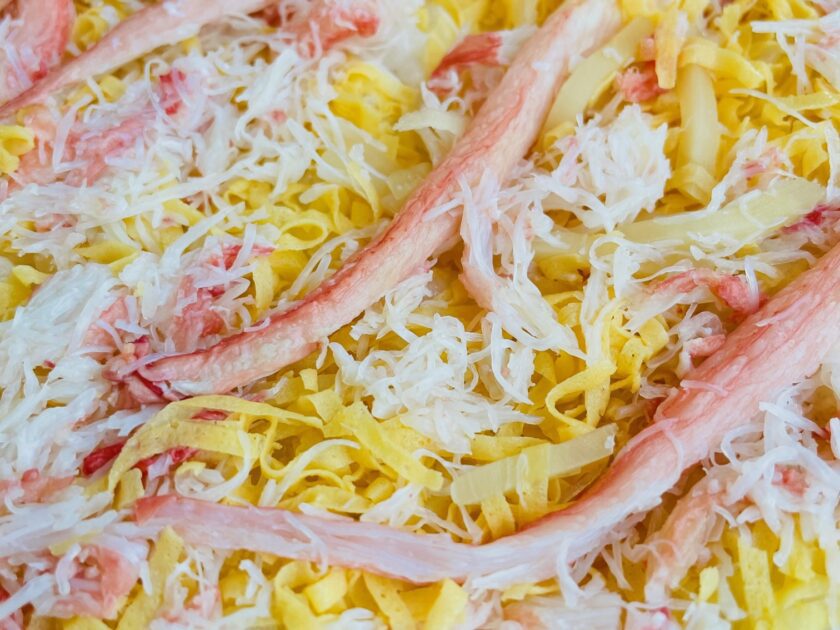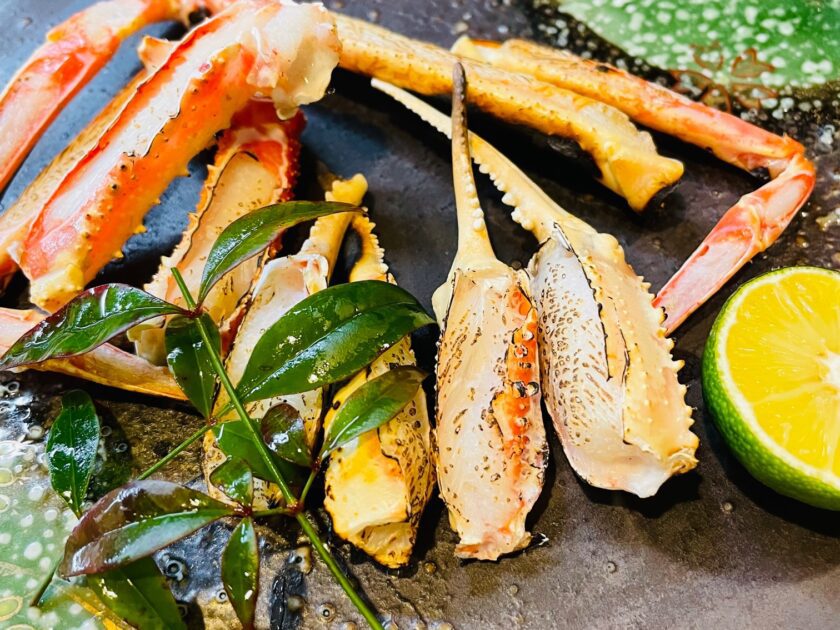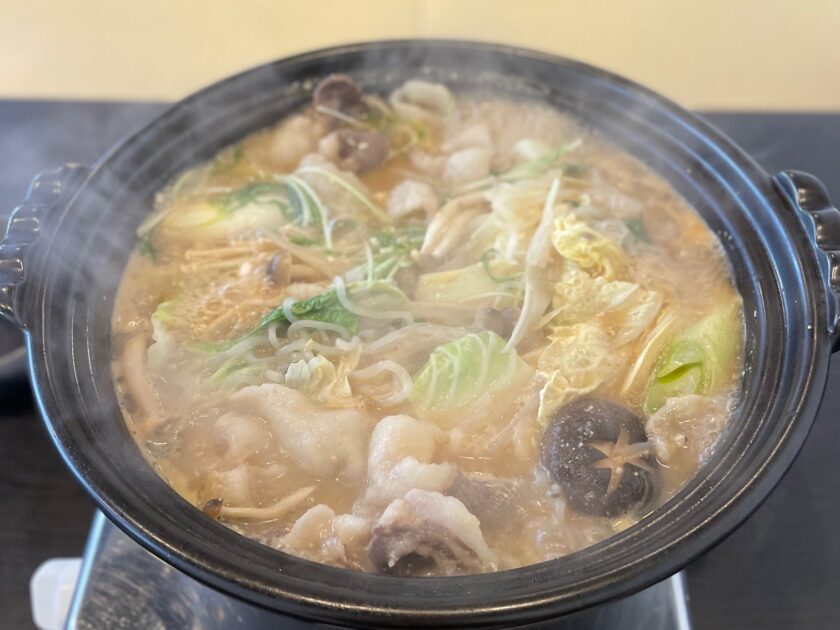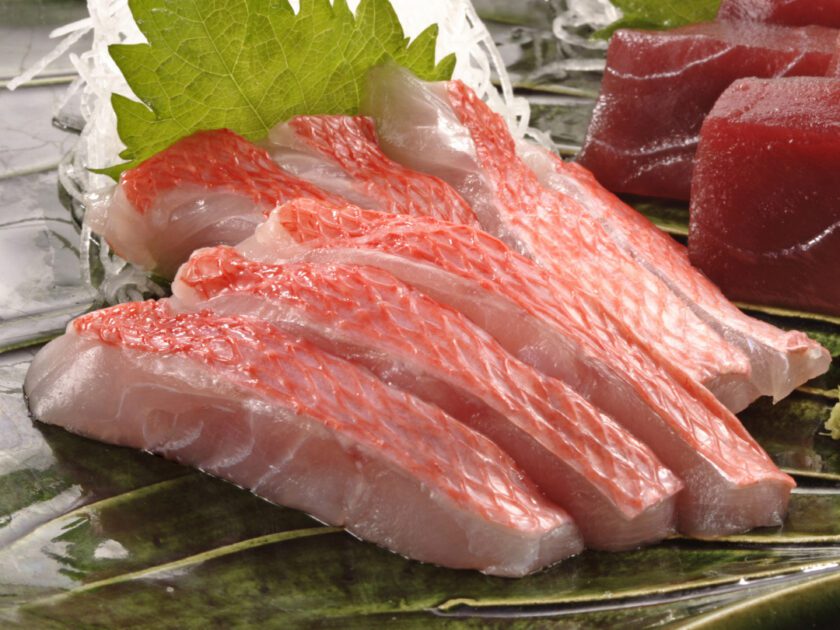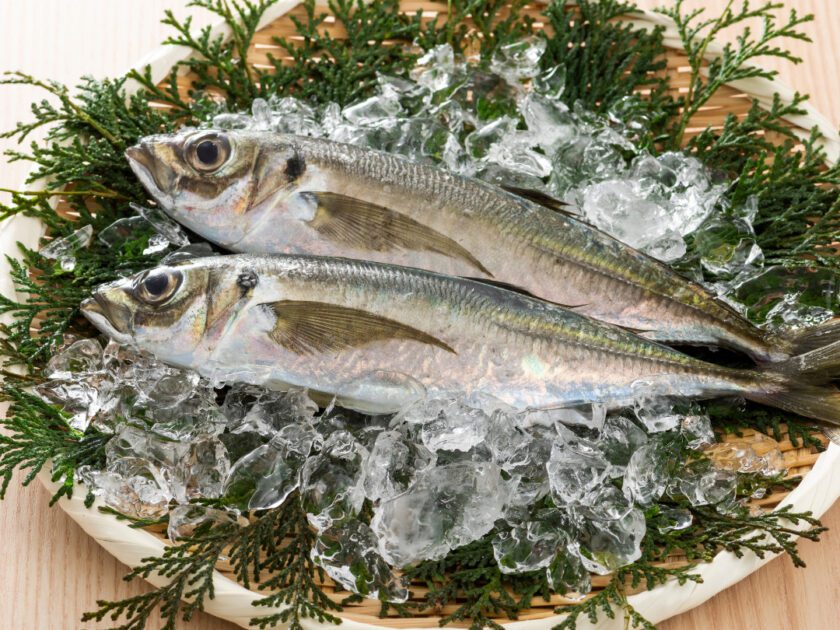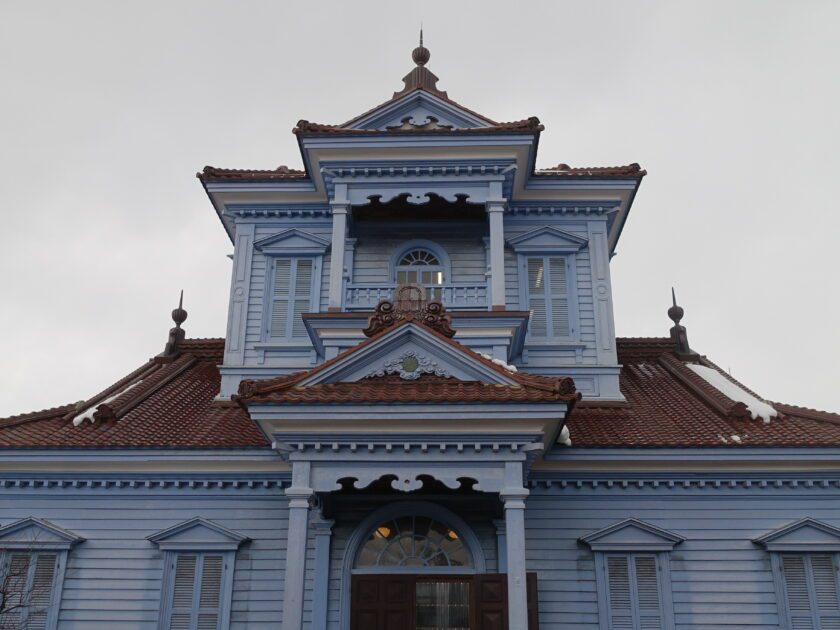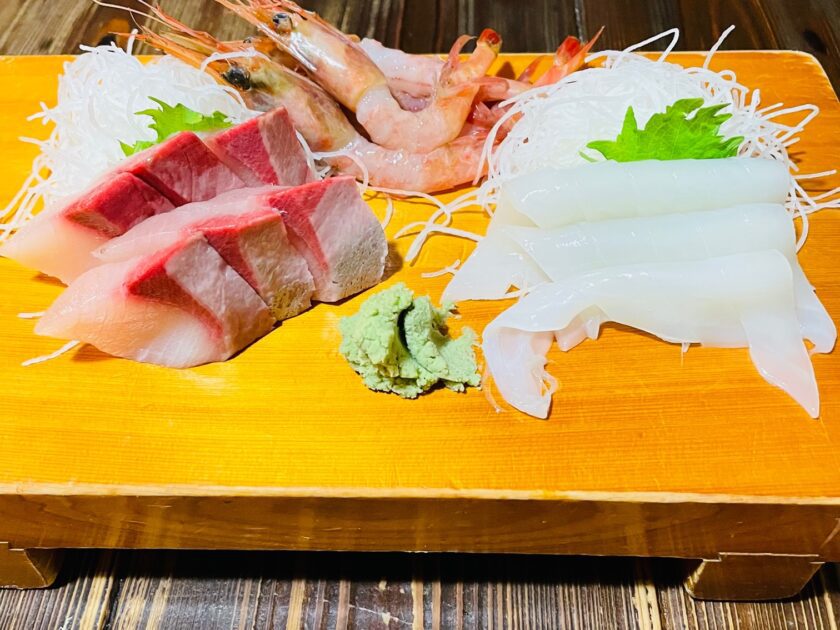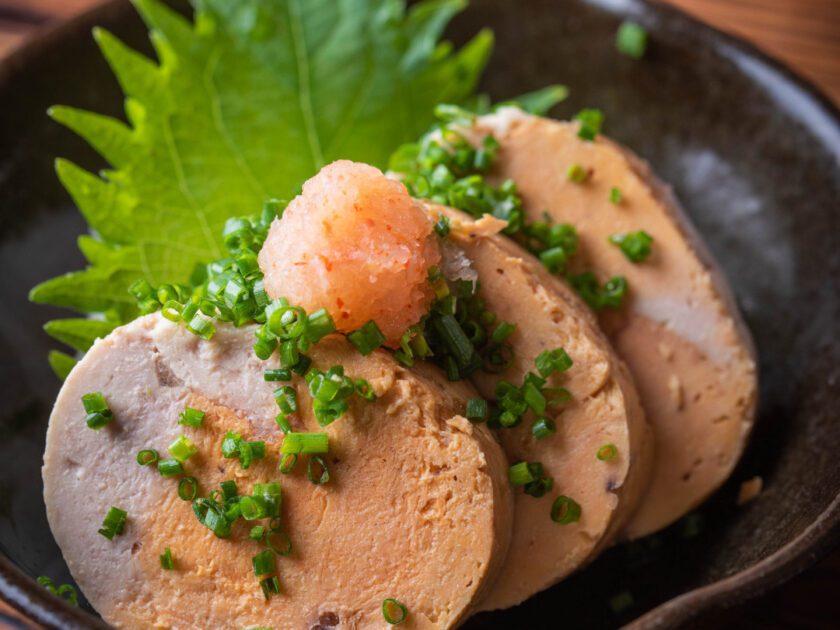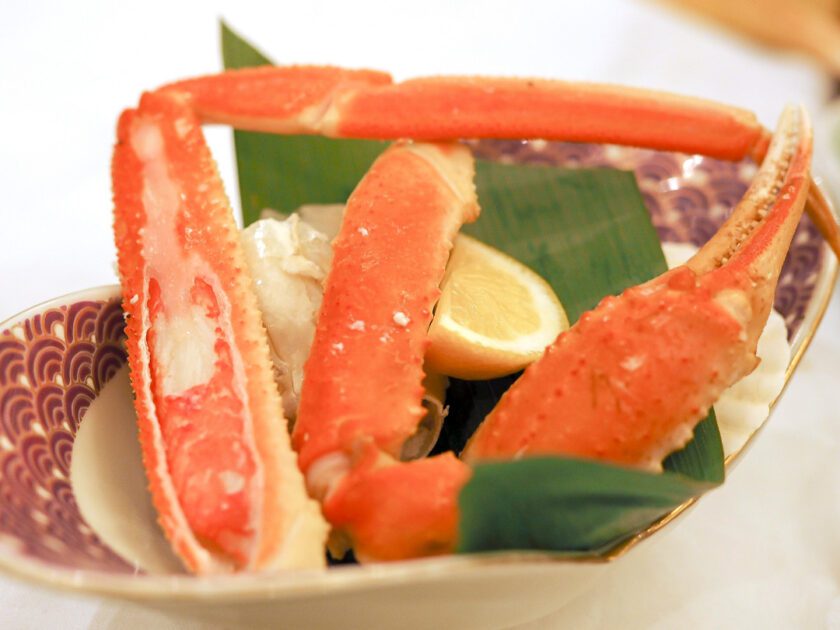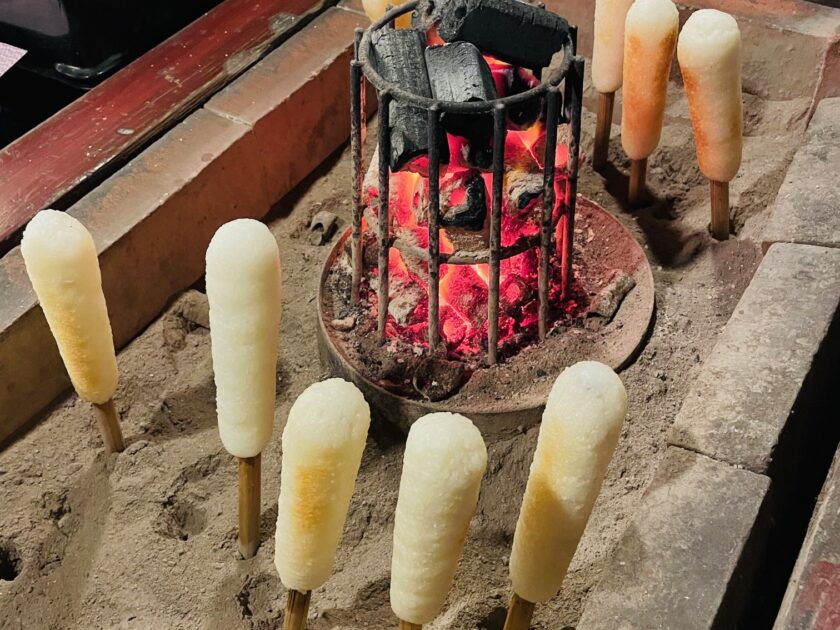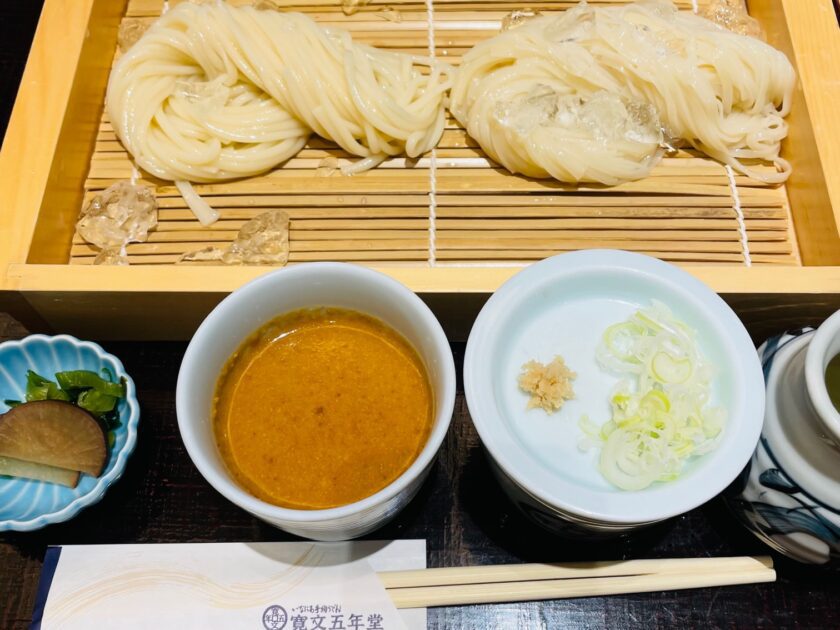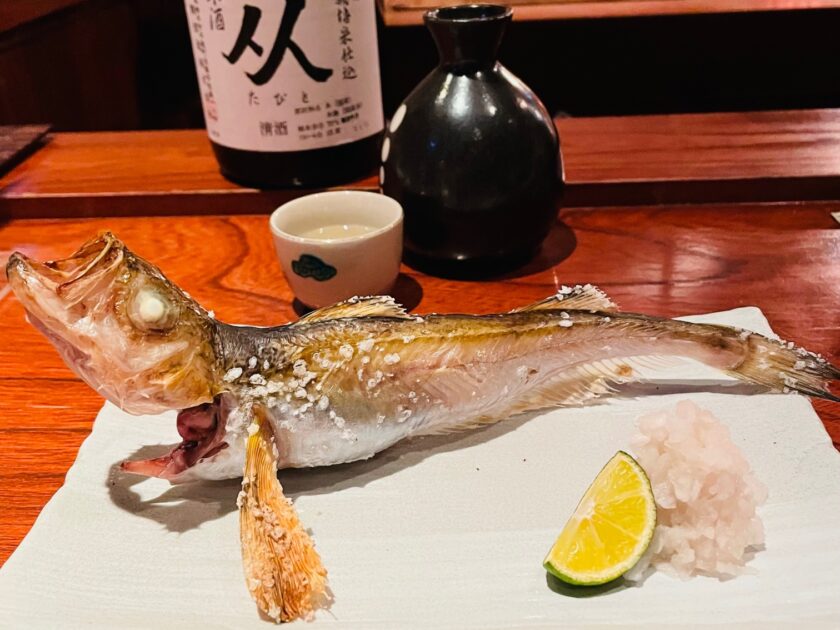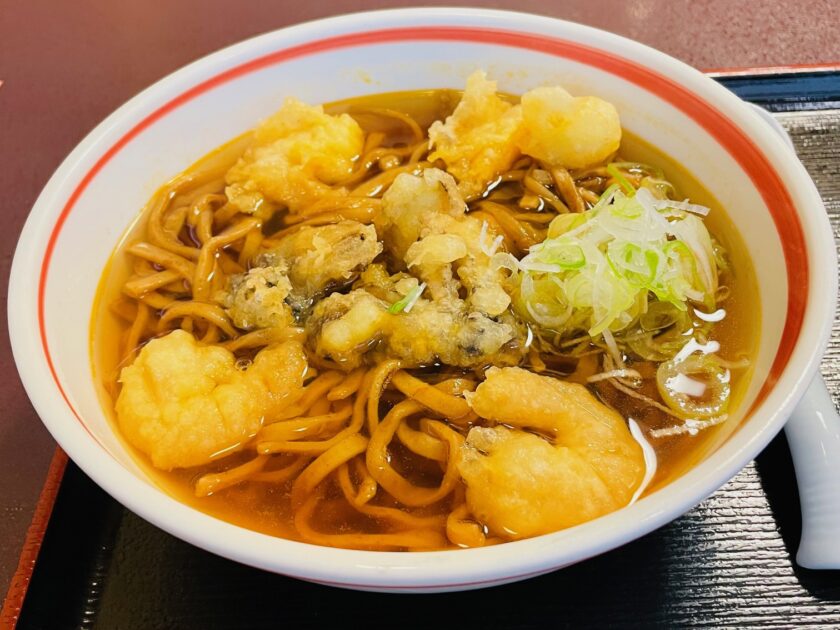One-week Japan Itinerary for repeat visitors (4)
One-week Japan Itinerary for repeat visitors (4) (Tokyo, Nagano, Gifu, Toyama Prefectures) To foreign travelers who have already been to Japan many times and would like to visit more places in Japan! We have created model routes outside the so-called “Golden Routes” such as Tokyo, Mt. Fuji, Kyoto, and Osaka. Please use it as a reference for your future itineraries. The fourth route is a tour of Tokyo, Nagano, Gifu, and Toyama Prefectures. We have created a travel route that will take 7 days and 6 nights, departing from and arriving at Narita International Airport, with a budget of no more than Yen 200,000. This itinerary allows visitors to fully enjoy Japan’s proud culture and scenery, including two World Heritage sites (Shirakawa-go and Gokayama), seven National Treasure buildings, one of the 12 existing castle towers (Matsumoto Castle), and six national preservation districts for groups of traditional buildings. Table of Contents Day 1 (Tokyo) Day 2 (Kiso County, Shiojiri City, Nagano Prefecture) Day 3 (Matsumoto City, Azumino City, Nagano Prefecture) Day 4 (Nagano City, Nagano Prefecture) Day 5 (Gifu and Toyama Prefectures) Day 6 (Takaoka City, Toyama Prefecture) Day 7 (Ueda City, Nagano Prefecture) Itinerary Model Plan Overview

